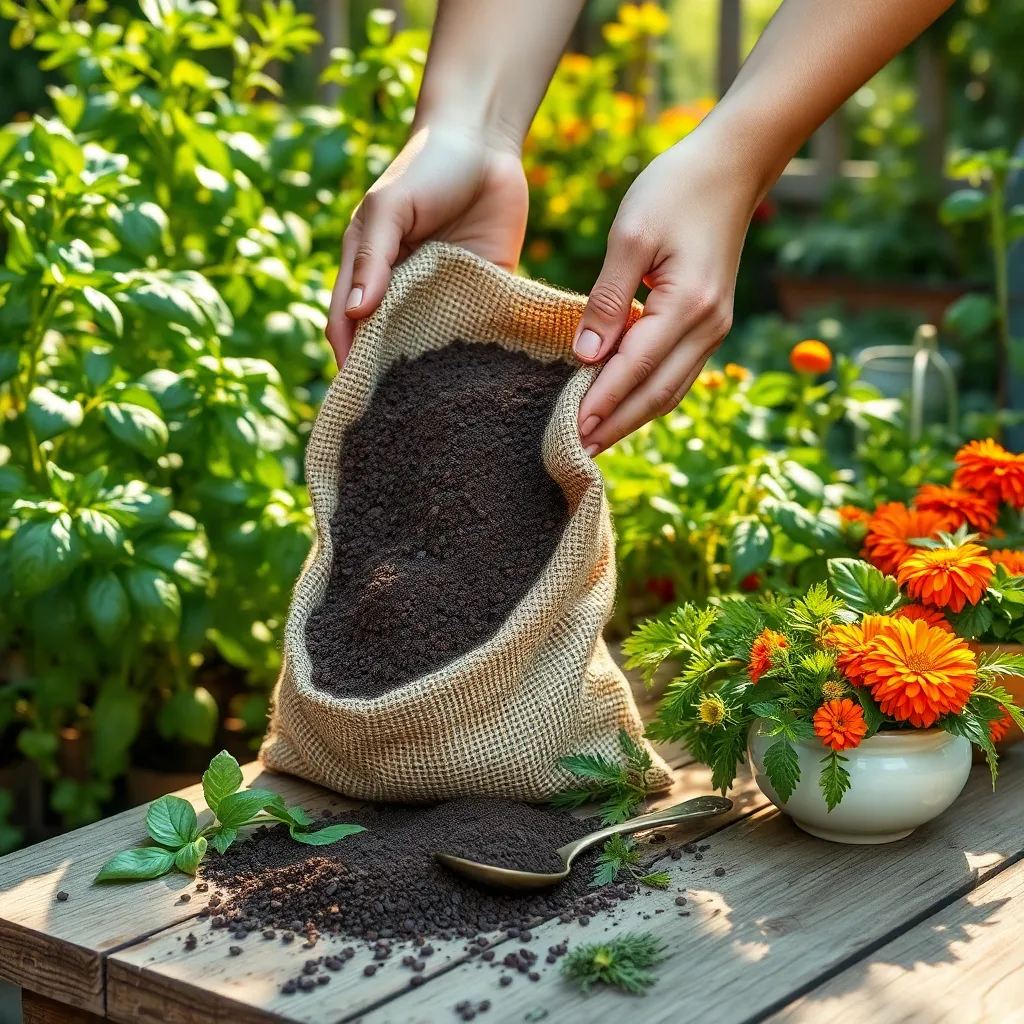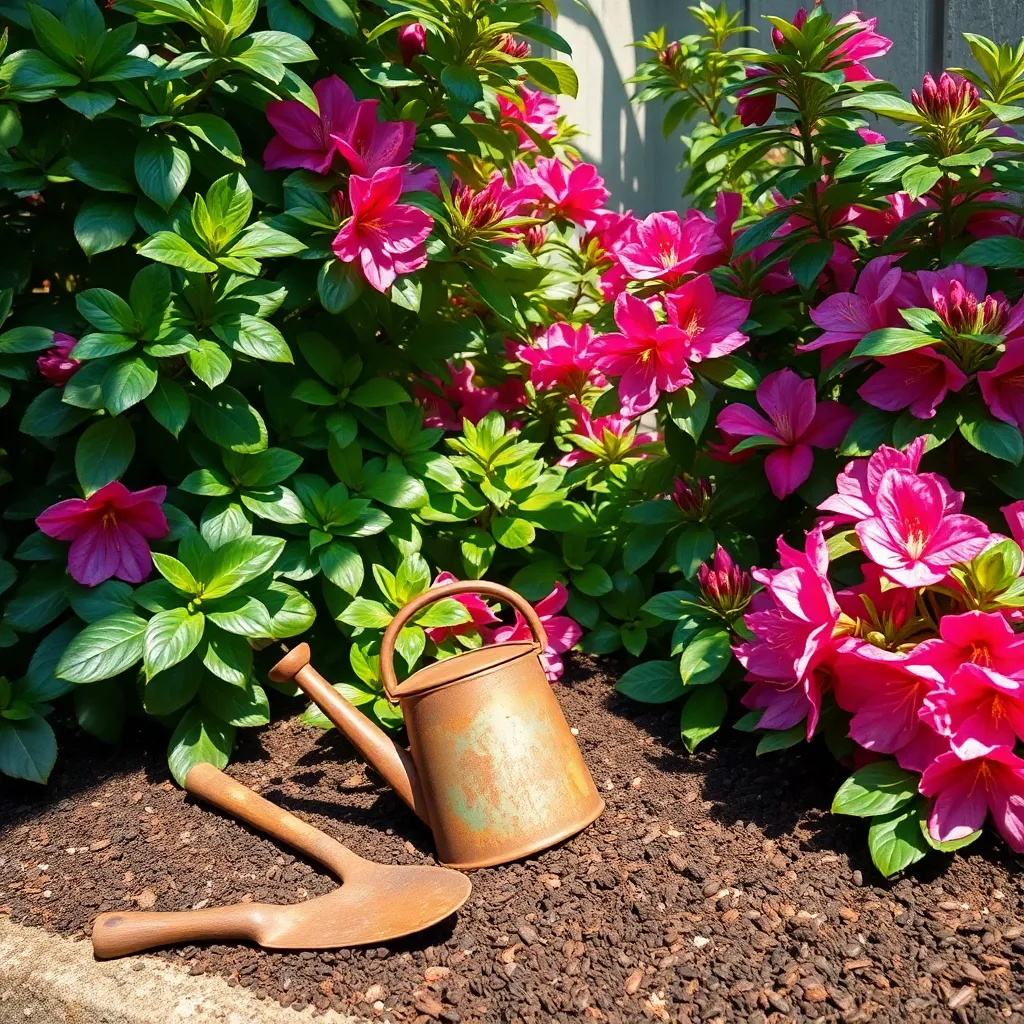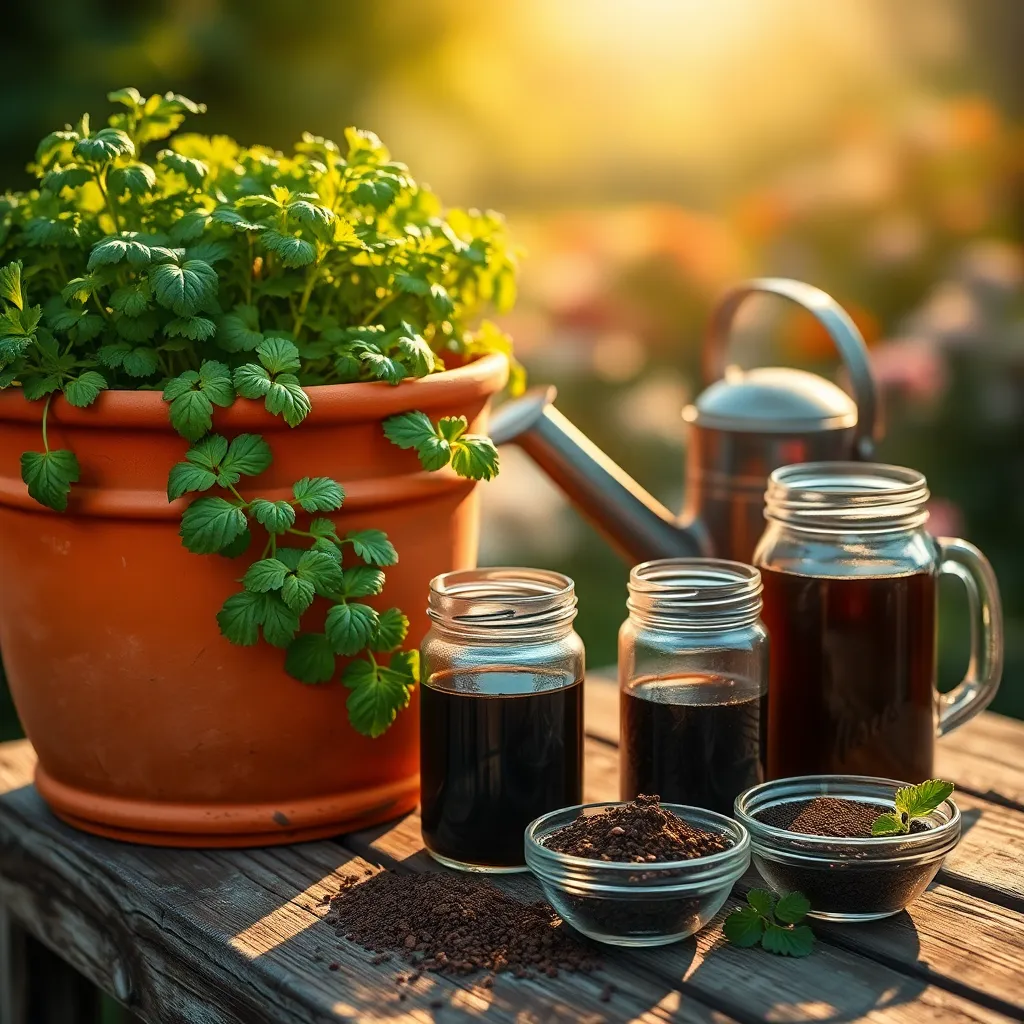Imagine turning your morning coffee ritual into a garden-boosting routine. For both novice green thumbs and seasoned horticulturists, coffee grounds can be a surprisingly powerful ally in your gardening toolkit. This rich, organic material not only reduces waste but also enriches your soil, adding a touch of sustainability to your gardening practices. The beauty of using coffee grounds is that it bridges both simplicity and effectiveness, making it an attractive option for any level of gardener looking to enhance their garden’s health.
In this article, we’ll explore the myriad ways coffee grounds can benefit your garden, from improving soil structure to providing a natural pest deterrent. You’ll discover practical tips on how to incorporate them into your garden care routine, ensuring your plants thrive with minimal fuss. Whether you’re looking to boost your compost pile, adjust soil acidity, or simply give your plants a nutrient-rich treat, you’ll leave equipped with the knowledge to make the most of every coffee bean. Join us as we delve into the art of using coffee grounds, transforming your garden into a vibrant, flourishing oasis.
Collect Used Coffee Grounds

To effectively collect used coffee grounds, start by saving your daily brew leftovers in a container designated for garden use. Ensure the container is kept in a cool, dry place to prevent mold growth, and transfer the grounds to your garden weekly.
For those who don’t drink coffee at home, consider visiting local coffee shops and asking for their used grounds. Many cafes are happy to give them away for free, viewing it as an environmentally friendly disposal option.
When collecting grounds, aim for variety in sources to ensure a mix of different coffee types, which can subtly vary in nutrient content. Remember, moderation is key; too much of any one type can overload your soil with particular nutrients.
Advanced gardeners might want to test the pH of their coffee grounds, as it can slightly affect the soil’s acidity. By regularly adding grounds to a compost pile, you can balance their properties with other organic materials for a well-rounded amendment.
Dry and Store Properly

After collecting your used coffee grounds, it’s important to dry them properly to prevent mold growth. Spread the grounds out on a baking sheet or newspaper in a thin layer and let them air dry for a day or two in a well-ventilated area.
Ensuring the grounds are completely dry is crucial before storing them. Moisture can lead to mold and spoilage, which could harm your plants when used as a soil amendment.
Once dry, store the coffee grounds in an airtight container to keep them fresh and ready for use. A glass jar with a tight-fitting lid or a resealable plastic bag works well and should be kept in a cool, dry place.
Advanced gardeners might consider mixing dried coffee grounds with other organic materials like eggshells before storage. This blend can enhance the nutrient profile of your compost or soil amendments, providing additional calcium and other minerals.
Remember, proper storage extends the usability of your coffee grounds, ensuring they’re ready whenever you need a boost for your garden. By following these simple steps, you’ll be well-prepared to incorporate this sustainable and beneficial resource into your gardening routine.
Mix Into Compost Pile

Mixing coffee grounds into your compost pile is an excellent way to enhance its nutrient content. Adding coffee grounds provides a rich source of nitrogen, which is essential for the growth of beneficial microorganisms in the compost.
To incorporate coffee grounds effectively, scatter them evenly over the compost pile to avoid clumping. It’s important to balance them with other materials, such as carbon-rich elements like dried leaves or straw, to maintain a healthy compost ratio.
Begin by adding small amounts of coffee grounds, gradually increasing the quantity as you observe how your compost reacts. A good rule of thumb is to maintain a ratio of about one part coffee grounds to four parts other compost materials.
For those looking to speed up the composting process, consider turning your pile more frequently once coffee grounds are added. This will enhance aeration and encourage faster decomposition, providing you with rich compost sooner.
Sprinkle Around Acid-Loving Plants

Coffee grounds are an excellent addition around acid-loving plants, providing a nutrient boost and improving soil acidity. Plants like blueberries, azaleas, and rhododendrons thrive in slightly acidic soil, making coffee grounds an ideal supplement for their growing environment.
To use coffee grounds effectively, sprinkle a thin layer around the base of the plants and gently work it into the top inch of soil. This helps in preventing the grounds from forming a compact layer that might block moisture and air from reaching the roots.
Incorporating coffee grounds can also help in retaining moisture, which is crucial for these plants, especially during dry spells. Be cautious not to overapply— a light sprinkling once every two weeks is sufficient to avoid over-acidifying the soil.
Beginner gardeners might consider testing their soil’s pH level before starting to ensure they’re providing the right environment for these acid-loving plants. For those looking for a more advanced approach, consider mixing coffee grounds with pine needles or leaf mold to create an organic mulch that further enhances soil acidity and structure.
Create a Liquid Fertilizer

To create a liquid fertilizer using coffee grounds, start by soaking them in water. Use about one cup of used coffee grounds and add them to five gallons of water, letting this mixture steep for at least a day.
After steeping, strain the mixture to remove the solid grounds, leaving you with a nutrient-rich liquid. This liquid fertilizer can be applied directly to the soil around your plants, providing them with a gentle nutrient boost.
For best results, apply this liquid fertilizer once every two weeks during the growing season. This frequency ensures that plants receive a consistent supply of nutrients without risking over-fertilization, which can damage roots.
Advanced gardeners may adjust the concentration based on their plant’s specific needs, especially for those that are heavy feeders. Consider testing the pH of your soil and the liquid fertilizer to ensure the best match for your plants, as optimal pH levels help improve nutrient absorption.
Conclusion: Growing Success with These Plants
In nurturing both gardens and relationships, we’ve explored five key concepts: the importance of communication through shared activities like gardening, the value of nurturing growth by using coffee grounds as a natural fertilizer, the patience required in both cultivating plants and understanding partners, the creativity in repurposing everyday items for mutual benefit, and the commitment to consistent care and attention. As you stand at the threshold of applying these insights, consider taking a simple yet profound step: involve your loved one in a gardening project, using coffee grounds as a conversation starter about growth and sustainability in your relationship.
Remember, a thriving relationship, much like a flourishing garden, requires ongoing attention and thoughtful care. Bookmark this article to revisit these insights, ensuring you have a handy guide to cultivating a relationship that thrives on shared endeavors and mutual understanding.
As you embark on this journey, envision a future where your relationship grows stronger, rooted in the principles of patience, creativity, and shared joy. Let this article be your companion in nurturing a partnership that blooms. Save it now, and let the seeds of today blossom into the success of tomorrow.

